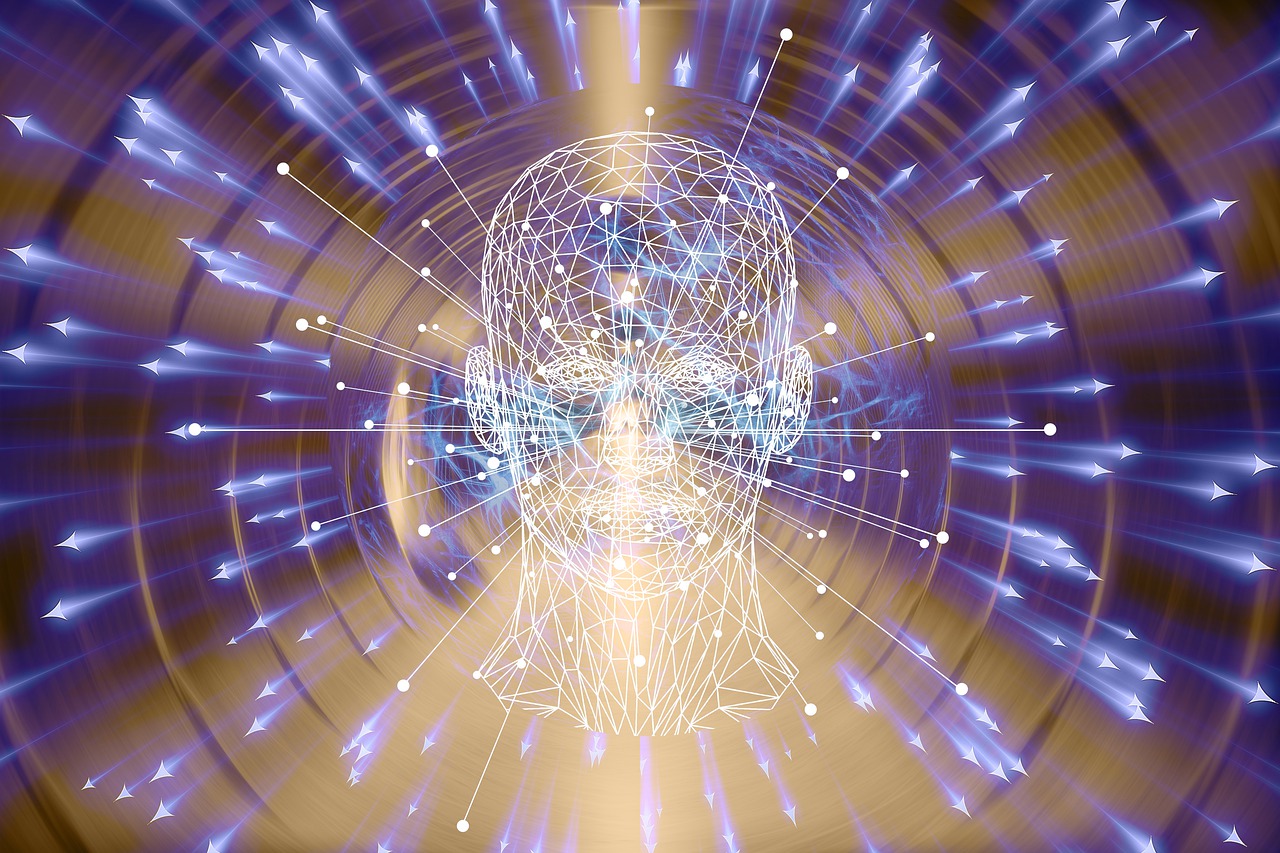People above the age of 60 are considered elderly, and are frequently referred to as “senior citizens.” Almost every country in the globe has seen an increase in life expectancy. Individuals are living longer lives. As a result, there are more elderly persons in the population. In addition, the birth rate is declining. Population ageing refers to the trend of greater life expectancy and decreasing mortality, as well as a decline in birth rate.
Previously, life was divided into four stages: childhood, adolescence, adulthood, and old age. With greater lifespan, various phases may now be detected even in old age. The first difficulty raised by an ageing population is the reliance that elderly individuals may have on the state for their welfare and financial aid. Governments are also concerned about providing health care and long-term care for a significant number of elderly people; whether families can bear the responsibility of caring for their elderly relatives is another challenge. These are minor concerns. At the micro level, the issues include how individuals will adapt to ageing and changing environments, as well as how they will compensate for age-related losses in the physical, economic, social, and psychological domains. The fact that the Indian government established a national policy for elderly persons demonstrated the gravity of the situation.
Aging is a natural part of life. From birth to death, life is not a straight path. The first half of life is dominated by growth and expansion. Slow decrease becomes obvious in the second half. Physical appearance changes and sensory acuity deteriorates. The rate of response and reaction time is gradually slowing. Social roles shift as well. For example, one may have become a grandmother, a retiree, or a senior citizen. On the plus side, there is greater maturity, knowledge, compassion, patience, and spiritual growth potential. Normal ageing does not result in a severe reduction in intelligence or adaptability.
Understanding the appearance of normal ageing processes vs illness processes has crucial implications for the identification and intervention of the elderly population. There is a belief that as we become older, our central nervous system processing slows down. This has a detrimental impact on cognitive speed, or the rate at which mental tasks is completed. As a result, a number of cognitive skills deteriorate. The slowdown is more noticeable in performance, but verbal abilities are somewhat better. Processing speed is most sensitive to ageing, especially after the seventh decade. The extent of decrease noticed is determined by education, profession, and previous level of functioning. The most prevalent problem and worry among the elderly is memory loss. Normal memory loss is frequently referred to in clinical terms as benign senescent forgetfulness. Nowadays, the phrase “age-related memory impairment” is used.
Aging is not a consistent process. Some persons may have significant alterations in the functioning of their bodies’ digestive, excretory, pulmonary, and other systems. Some persons are more severely affected by age-related disease than others. Though ageing is a degrading process, some people age quicker than others. The term ‘senility’ is frequently used to describe the abnormal loss of cognitive capabilities in old age. Dementia, particularly Alzheimer’s dementia, is age-related. Chronic diseases, falls, and cognitive loss are examples of psychosocial events such as widowhood, grief, loneliness, and depression, as well as how poor life satisfaction causes disruption in old age.
The aged are more vulnerable to mental problems as a result of biochemical and morphological changes in the ageing brain. It is also attributed to lowered immunity and bad living circumstances. Those who exhibit mental symptoms in their latter years are reported to have a significant level of physical morbidity and impairment. Poor vision, hearing, and mobility all have an impact on social contact. It leads to mental issues when paired with chronic disease and loss of status. Heredity, constitutional variables, life events, and personality may all contribute to morbidity in old age. Depressive disorders are among the most frequent mental health issues that people face as they become older. Suicidal ideation is also common among older depressed patients.
Stress, grief, loss, gender, poor socioeconomic level, and family history are all risk factors for depression. Physical ailments worsen anxiety disorders. The physical consequences of alcohol on the elderly make alcohol usage much more of a public health problem than it is in younger people. It takes a lot of use to have a negative impact on elderly people. Delusional disorder manifests itself in middle or late adulthood. Concerns are raised by psychological issues.
Late life issues:
Aging is the biological outcome of a number of declining processes. Though ageing is caused by physiological changes, attitudes, personality, and life circumstances all have a part in determining ageing adjustment. The elderly are not a homogeneous group. There are several ageing trends. People of the same chronological age might have a wide range of physical, intellectual, and social performance. Age-related changes are influenced by genetics, diet, and lifestyle.
Aging is associated with a substantial decline in cognitive reserve capacity. The phrase “reserve” refers to an individual’s underutilised learning capacity. However, ageing does not always result in cognitive impairment. Optimists argue that, while fluid cognitive abilities wane with age, crystallised intellect abilities tend to develop. Furthermore, decreases in cognitive abilities are frequently compensated for by the knowledge gained with age.
Adjustment to aging:
- Elders must first adapt to bodily changes. The consequences of ageing can no longer be concealed. Changes in skin, hair, strength, vigour, and talents are unavoidable.
- The second significant adjustment is to health changes. Diabetes, hypertension, arthritis, cataracts, hearing loss, and a variety of other chronic conditions make life tough.
- Prolonged and/or periodic hospitalisation is another issue with which they must confront.
- There is a chance of getting institutionalised. That is to say. If they are unable to be cared for at home, they may be placed in nursing facilities. This is a challenging transition for Indians who have historically relied on their relatives to provide care.
- As people get older, they become more reliant on others. They will be unable to do their duties. Due to retirement, income will be reduced. Savings will be impacted by health-care costs, and older women, in particular, will be economically dependent on their families.
- Distress is caused by the death of a spouse, widowhood, or bereavement. Women are more likely than males to lose their spouses at a younger age.
- People who have lost their social standing, authority, or prestige may also feel powerless.
- Self-esteem shifts as a result of social and cultural devaluation The majority of senior individuals are seen as unnecessary burdens.
- Loneliness is a significant issue. This is because of fewer families, children moving away, and the death of a spouse.
- The possibility of crimes against them is a major concern for the elderly. Many people become victims of deception, abuse, theft, and harassment. Criminals view elderly individuals who live alone as easy targets.
- The generation difference between young and elderly is also uncomfortable, and one must adapt to changing societal circumstances.
- They must prepare for the possibility of infirmity and, eventually, death.
Adaptation to such situations is influenced by a number of elements. People’s reactions to ageing are influenced by their current circumstances as well as their prior experiences. Family support and a decent level of living are crucial for happiness at any age, let alone in old age. Women in their forties and fifties may encounter more significant issues. They are often less educated, jobless, and reliant on family.
Women are likewise afflicted with a plethora of chronic and painful diseases. Widowhood lowers their social standing and creates emotional distress. In countries where women’s status is already low, ageing tends to lower it much more. They may have limited access to health care and, as a result, are more prone to abuse.
Productive aging
Older adults have a period in their lives when they are generally healthy and active. It is not possible to reject all elderly individuals as worthless or unproductive. Even after retirement, older individuals are industrious. Even women who have never worked outside the house contribute to their families and society in a variety of ways. When one considers unpaid labour such as housework, caring for the sick and crippled, assisting grandkids, and volunteering, the contribution of the elderly is significant.
From the standpoint of productive ageing, older individuals are viewed as a significant and important resource. It has served as a rallying cry for senior advocates, policymakers, and academics who are fed up with the portrayal of the elderly as reliant and fragile.
Successful ageing denotes the ability to retain an ideal place in one’s social life in accordance to one’s mental and bodily capacities. Active ageing, successful ageing, and meaningful ageing are all new buzzwords aimed at counteracting the negative perception of ageing. By preparing ahead of time, one may continue to be productive and valuable in old age. Maintaining excellent physical health, regular exercise, and a well-balanced diet are all advised ways to keep the body healthy.

